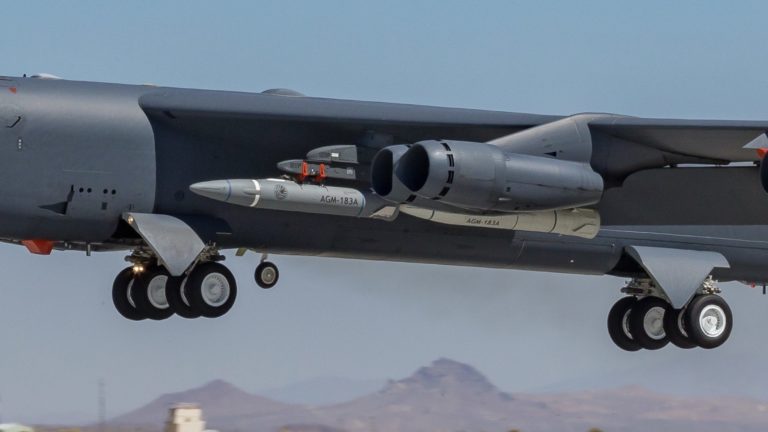Ian Williams

Since the late-1940s, the United States has used forward-based forces to deter military aggression against its allies and interests. These forces complicate an adversary’s ability to achieve a quick, fait accompli win, raising the threshold for states to engage in conflict. However, the emergence of aerial hypersonic weapons—specifically, these systems’ combination of speed, maneuverability, and atmospheric flight—challenges traditional U.S. approaches to regional deterrence and stability. Conventional hypersonic strike weapons undermine deterrence by complicating early-warning and increasing the vulnerability of forward-based forces to surprise attack below the nuclear threshold.
Nevertheless, history shows that adaptation to strategically disruptive technologies is possible. Just as the world mitigated the most destabilizing aspects of systems like the strategic bomber and the intercontinental ballistic missile (ICBM), the United States can blunt some of the risks posed by aerial hypersonic weapons. Some approaches include improving the ability to detect and track these weapons and improving active and passive defenses of forward-deployed forces. Popular media often vaunts aerial hypersonic weapons as unstoppable, but they do have weaknesses that a defender might exploit. Arms control may also be part of the solution. However, the United States will likely need to gain some advantage in offensive hypersonic weaponry to bring either Russia or China into negotiations.
No comments:
Post a Comment